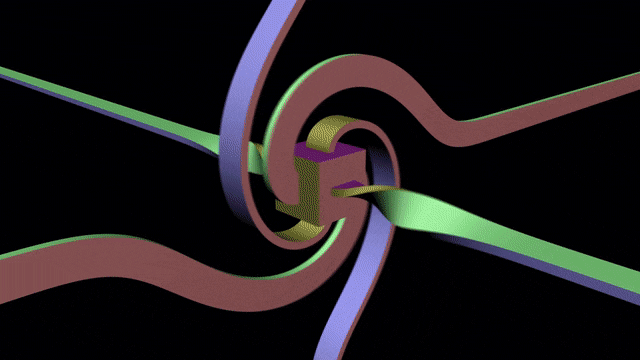
As you probably noticed in the recent news, Intel is in trouble. Apple switches it’s MacBook to Arm, AWS releases graviton2, Samsung switches to AMD GPU for its mobile phone, the number 1 supercomputer is Arm-based, etc..
Worse, Intel holds onto the Windows market is fading from an intellectual property perspective. Windows 10 only requires SSE2 instruction set. The SSE2 associated patents are almost 20 years old and will fall into the public domain soon. Microsoft doesn’t seem to push for higher instruction sets requirement which jeopardizes Intel stronghold.
Will Intel lose its dominance in the CPU market? Maybe, but it will take some times. Intel still owns 90% of the CPU datacenter market share, and the company has considerable potential for innovation.
Let’s have a look into the latest batch of Intel patents over the last six month to see what is their current strategic direction:
Patent: Low memory overhead heap management for memory tagging
Patent: Error Correcting Code Circuitry Compatible with Multi-Width Interfaces - Intel This is very important for future Intel FPGAs.
Patent: System and method for communication using a register management array circuit - Intel This patent is essential for the future implementation of Intel’s NoCs.
Patent: Devices and methods for signal integrity protection technique - Intel Another essential patent for the future MCM implementation of Intel processors.
Patent: Microprocessor pipeline circuitry to support cryptographic computing - Intel Intel cryptographic computing.
Patent: Fiber Reinforced Stiffener - Intel This solution can significantly reduce packaging warpage due to thin substrates.
Patent: Polarization gate stack SRAM - Intel A polarization solution aimed for future advanced nodes from Intel.
Patent: Motion adaptive encoding of video - Intel
Patent: Processor hardware and instructions for SHA3 cryptographic operations - Intel
Patent: Scalable interrupt virtualization for input/output devices - Intel
Patent: Beam scanning image processing within an improved graphics processor microarchitecture - Intel
Patent: Implicit integrity for cryptographic computing - Intel
Patent: Conductive coating for a microelectronics package - Intel A solution for using microstrip routing in EMIB to reduce costs without compromising signal integrity.
Patent: System approach to reduce stable threshold voltage (Vt) read disturb degradation - Intel
Patent: Real time holography using learned error feedback - Intel. Intel is already working on Real-Time holography on its GPUs. Most likely using heterogeneous computing on the GPU.
Patent: Substrate thermal layer for heat spreader connection - Intel This has the potential to reduce or even prevent the emergence of local hotspots developing in the dies.
Patent: Tensor-based computing system for quaternion operations - Intel. Interesting to see that Intel is trying to add Spinor operations to its chip while using tensor foundation.
Patent: Solid state drive with multiplexed internal channel access during program data transfers - Intel
Patent: Context save with variable save state size - Intel A more efficient XSAVE is on the way.
Patent: Avoid thread switching in cache management - Intel A method to avoid thread switching in cache management in Intel GPUs.
Patent: Apparatus and method for multiplication and accumulation of complex values - Intel The VEX-encoded 128-bit DSP instructions.
As you can see this, there is quite a bit of encryption-related effort. But, the more exciting patents revolve around the FPGA and chipset technology (MCM, NoCs) where Intel needs to catch up with Arm and AMD. Last but not least, it is rather interesting that we start to see Spinor associated technology popping up at the hardware level.
June 29, 2020